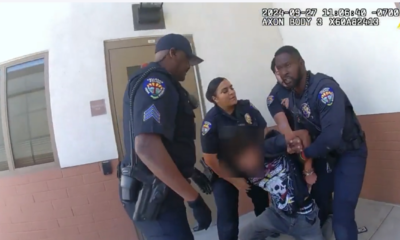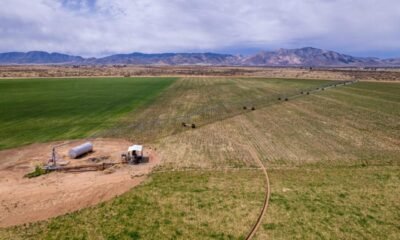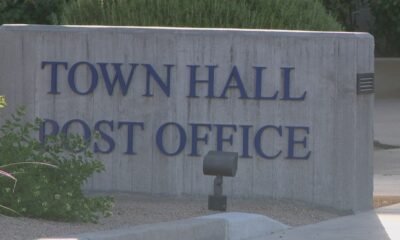Education
Unlocking the Future: How AI is Revolutionizing Valley Schools Inside and Outside the Classroom

Valley schools are leveraging artificial intelligence (AI) to enhance educational tasks and bolster school safety.
TOLLESON, Ariz. — Arizona school districts are adopting innovative AI solutions this academic year, focusing on efficiency and security as students return to classrooms.
Tolleson Union High School District Superintendent Jeremy Calles announced the district’s implementation of Microsoft Copilot and other AI tools for educators.
“On Copilot, you can get a lesson plan in about five seconds,” Calles explained. Staff input their teaching goals, and the program generates a lesson plan, which educators can then customize.
Calles noted that organizations utilizing this technology typically save six to eight hours of work per week, allowing teachers to dedicate more time to direct student interaction.
“Tasks that don’t require human involvement can be automated, freeing up time for meaningful teaching,” Calles added.
Moreover, the district is employing AI to improve campus safety.
“I can’t hire enough staff to monitor the entire fence line constantly,” Calles said. “AI can surveil the perimeter, track crowd behavior, and detect potential conflicts.”
AI cameras, strategically placed around the schools, enhance security by monitoring for weapons and abnormal activities.
“We expect these AI-driven security measures to significantly enhance campus safety,” Calles affirmed.
In the Peoria Unified School District, AI is becoming increasingly integral to educational strategies, says lead instructional technology coach Roxi Thompson.
“We’re initiating discussions to develop a shared understanding of AI among staff and students,” Thompson remarked.
Thompson has provided AI resources for school leaders and is conducting professional development sessions for teachers.
“Teachers primarily use AI for brainstorming and enhancing their curriculum development,” she noted. “These tools act as thought partners, optimizing classroom tasks.”
Meanwhile, the Northern Arizona University’s Arizona Institute for Education and the Economy is issuing guidelines for AI integration in schools.
“To set the record straight for Arizona schools, we need a balanced approach to AI implementation,” said Dr. LeeAnn Lindsey, Director for Edtech and Innovation.
Dr. Lindsey emphasized that AI comes with risks such as bias, misinformation, intellectual property issues, data privacy, and equitable access.
“We recommend forming AI task forces that include technology leaders, educators, and parents to define a vision for safe AI usage,” she stated.
Ensuring human oversight is crucial to maintaining the accuracy of AI-generated information and fostering a student-centered learning environment.
NAU has also issued a challenge for districts to meet three critical AI tasks in the first three months: protect student data privacy, conduct teacher training, and mitigate academic dishonesty.
“This initiative aims to keep schools on a legal and ethical pathway while using AI,” Dr. Lindsey concluded.


















